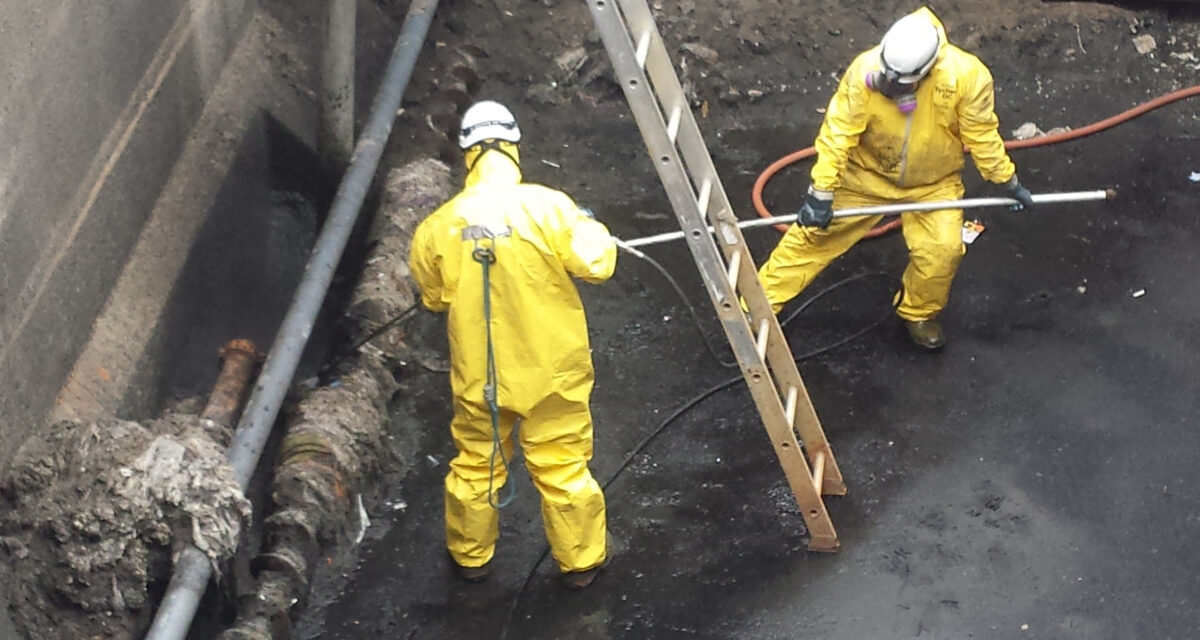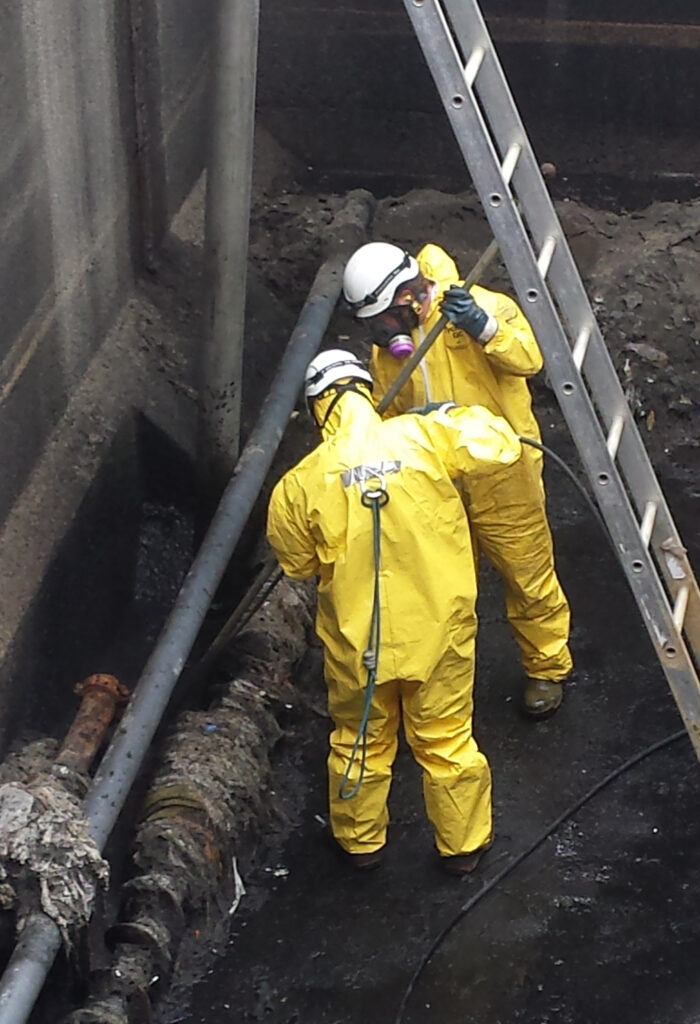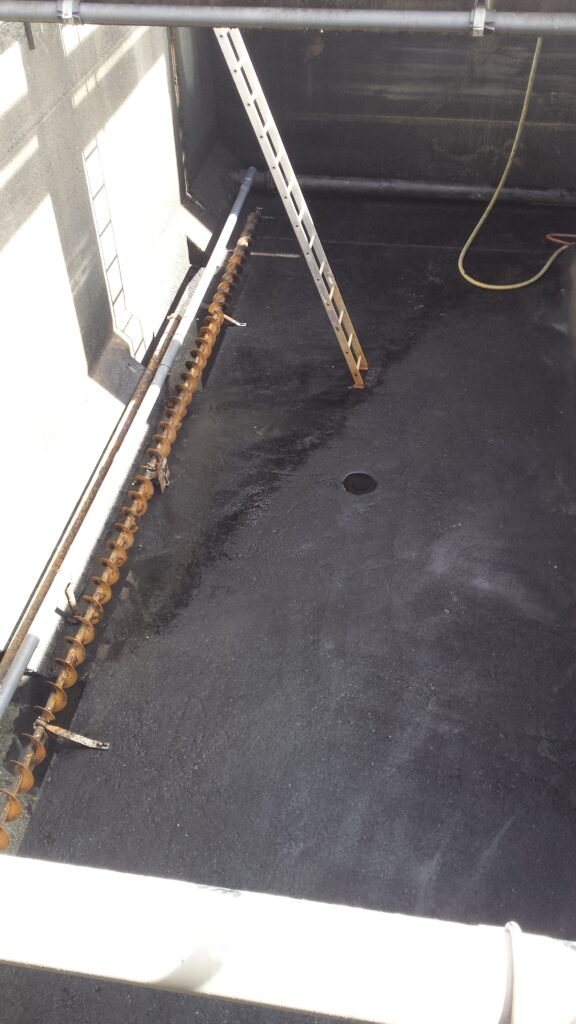Blog
-
Confined Space Entry

What is a Confined Space?
Many workplaces contain areas that are considered “confined spaces” because while they are not necessarily designed for people, they are large enough for workers to enter and perform certain jobs. A confined space has limited or restricted means for entry or exit and is not designed for continuous occupancy.
Confined spaces can be either above or below ground, and despite their name not necessarily small. Examples of confined spaces include silos, vats, hoppers, utility vaults, tanks, sewers, pipes, access shafts, truck or rail tank cars, aircraft wings, boilers, manholes, vessels, storage bins, tunnels, equipment housings, duct work, pipelines, etc.
Types of Hazards in a Confined Space
Hazards are always present in any confined space entry work. Most of the times confined space jobs require permits and procedures to determine the types of hazards associated with the task at hand. Some of the hazards when it comes to confined space are:
- Air quality; There may be an insufficient amount of oxygen present, or the atmosphere in the area may contain a poisonous substance.
- Inhalation of bad air or chemical exposure.
- Fire hazard; The atmosphere in the confined space may be flammable or explosive.
- Process related hazards such as residual chemicals that release contents of a supply line in the confined space.
- Electrical shock.
- Biological hazards.
- Temperature extremes including atmospheric and surface.
Why is Confined Space More Hazardous Than Other Workspaces?
Confined space work has smaller margins for error and can have serious consequences if mistakes are made. In some cases, conditions in confined spaces can be extremely hazardous and unpredictable. Having the right amount of gear and experience is key to being a confined space entrant. Here at McRae’s Environmental Services, we have a fully trained crew dedicated to confined space entry work. Our crew consists of entrants, supervisors, and health and safety management to coordinate and discuss confined space tasks at hand.
Protecting workers in Confined Space
In order to protect our confined space entrants, we send them to an extensive training program that includes hands on mock training in a confined space. Full face respirators are tested annually on our workers to ensure they are protected and sealed when working. Written procedures that implement atmospheric testing, hazards and conditions are always discussed and acknowledged by the entire confined space entry team. We provide our entrants with all the appropriate PPE associated with confined space and specialized PPE for those entries that require more than our standard PPE. Some of our PPE that is required on entry jobs are:
- Full Face Respirators.
- High density filtration pods for full face respirators.
- Tyvek suits.
- Specialized gauntlets.
- Ventilation fans.
- Gas detecting monitors.
Why is Confined Space Work So Important?
Confined space work is important because there are places that are dangerous to reach or hazardous to health. With procedures, permits, and precaution, confined space entry jobs eliminate the unforeseen element of unknown atmospheric issues that could arise if put in a situation where you need entry. Our fully trained and experienced team is always on top of safety and discussions about hazards and procedures. Our team is dedicated to educating themselves with drills classes, and the use of proper PPE in response to safety and chemical emergencies. If you are interested or in need of a confined space entry team, please call us for information and quotes.


